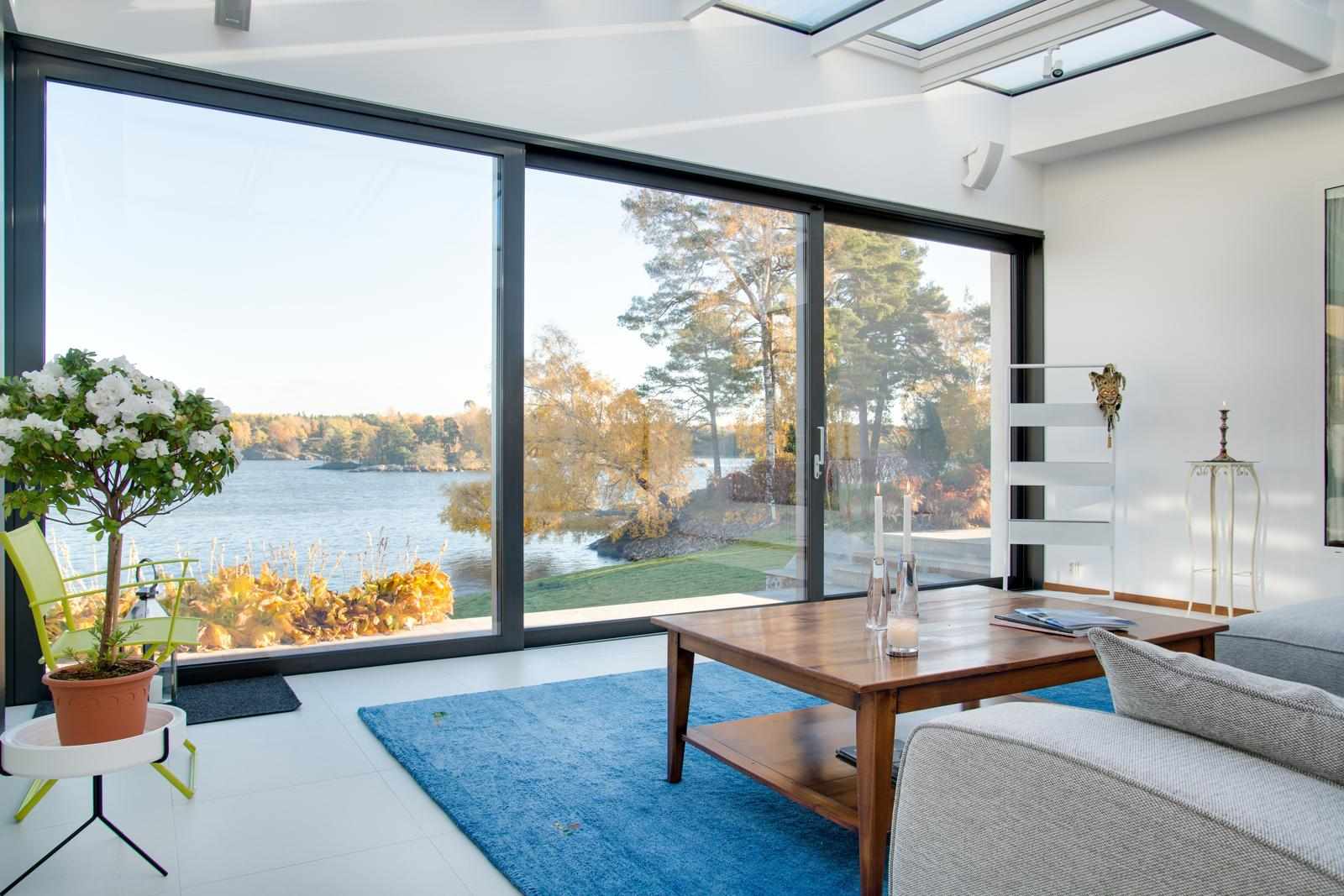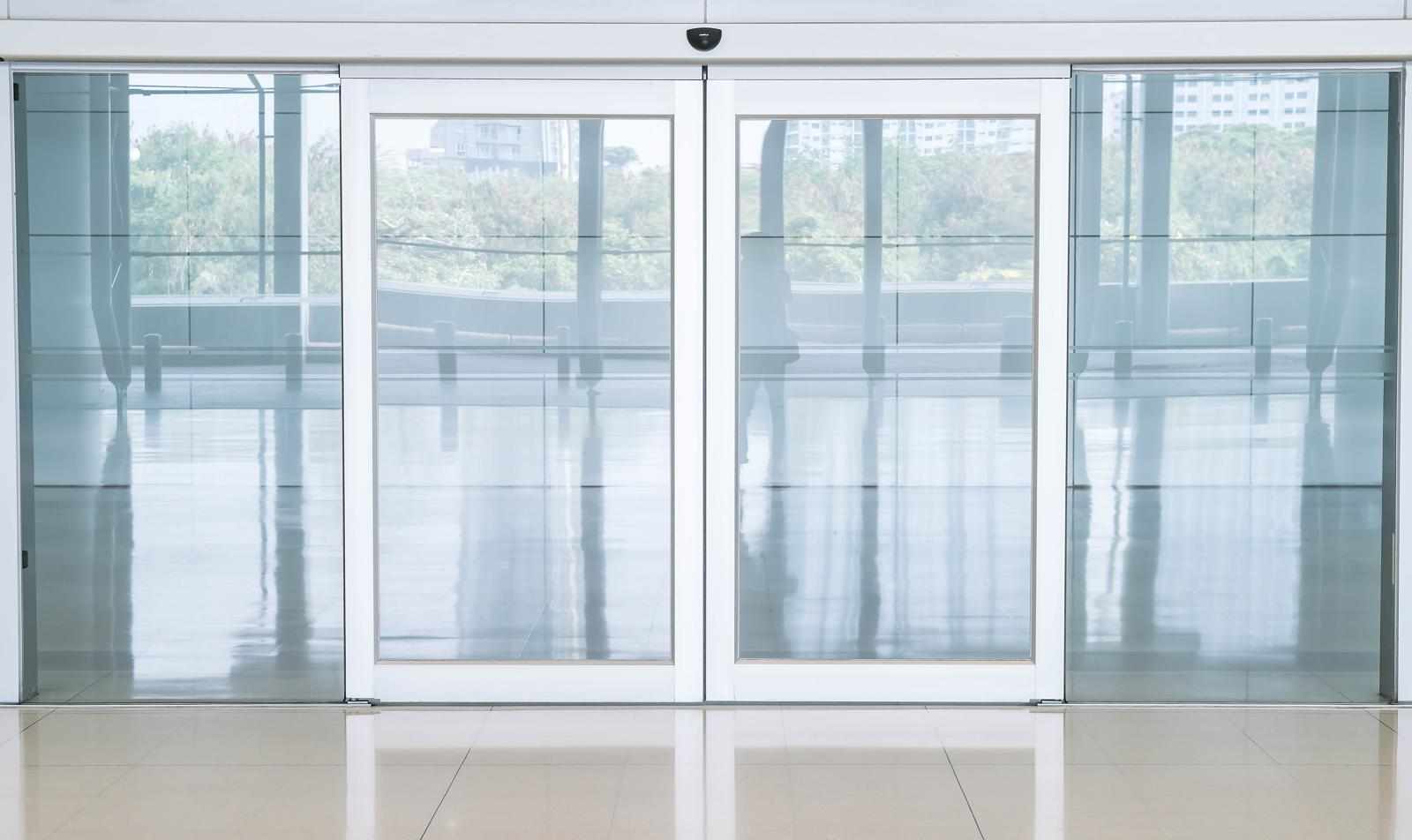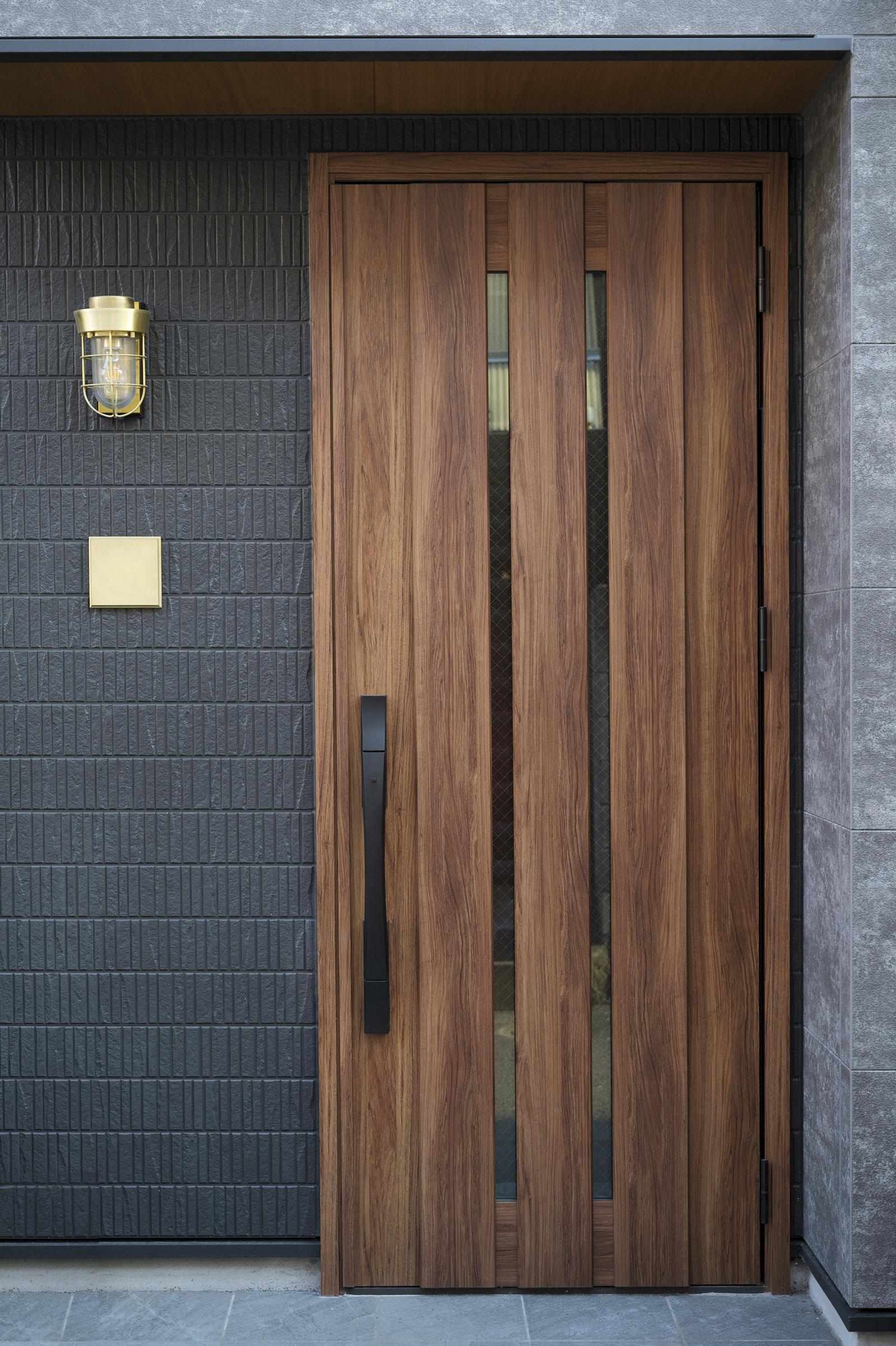
What role do aluminium facades play in making buildings more energy-efficient in the UAE’s extreme climate?
In a country like the UAE, where temperatures soar for most of the year, managing energy consumption has become a major priority in both residential and commercial construction. One smart way developers and architects are addressing this challenge is through the use of energy-efficient aluminium facade systems. These facades not only give buildings a sleek and modern look but also help regulate internal temperatures, reduce reliance on cooling systems, and support sustainable design goals. This article explores the different types of energy-efficient aluminium facades available in the UAE, how they work, and what you should consider to ensure both performance and safety.
Thermal Break Aluminium Facades
One of the most popular options in the UAE is the thermal break aluminium facade system. These facades feature a plastic section between the inside and outside layers of aluminium. This layer acts as a barrier that reduces the transfer of heat from outside to inside. In the UAE’s hot climate, this means interiors stay cooler, lowering the demand on air conditioning systems. Thermal break facades are especially beneficial in glass-heavy buildings like offices or malls, where heat gain can be significant. For safety, it’s important to make sure these facades are properly sealed and installed, as even small gaps can reduce their effectiveness.
Double-Skin Facade Systems
Double-skin facades are also gaining popularity in energy-conscious projects across the UAE. The outer layer protects the building from direct sunlight, while the air gap acts as insulation. Some designs also include automated shading systems between the layers that adjust with the movement of the sun. This type of facade greatly reduces cooling loads and creates a more stable internal environment. To make the system safe, it’s necessary to include access for maintenance and ensure proper ventilation within the cavity to prevent moisture buildup.
Unitised Aluminium Facades
Unitised facade systems are pre-fabricated units that are assembled off-site and then installed on the building. These are ideal for high-rise projects, which are common in UAE cities like Dubai and Abu Dhabi. These units are built to precise standards and can include high-performance glass, insulation layers, and weatherproof seals. Their energy-saving benefits come from better insulation and reduced air leakage. Because they are made in controlled environments, quality is more consistent. However, during installation, care must be taken to correctly join the units and seal them properly to prevent air or water infiltration.
Solar Shading Integrated Facades
In recent years, some aluminium facade systems in the UAE have started incorporating solar shading features directly into their design. These may include vertical fins, horizontal louvers, or perforated panels that reduce the amount of direct sunlight entering the building. By blocking excess heat while still allowing light in, these systems improve comfort and reduce the need for artificial lighting during the day. To ensure safety and long-term performance, it’s important to choose materials that are corrosion-resistant and to secure all moving parts to withstand strong desert winds.
Photovoltaic (PV) Facades
Another forward-thinking solution is the use of photovoltaic-integrated aluminium facades. These facades don’t just reduce energy consumption—they generate energy. Solar panels can be embedded into the facade structure to capture sunlight and convert it into electricity. Buildings using PV facades can significantly reduce their power bills and even contribute back to the grid. For safe and reliable performance, wiring and electrical components must be installed and maintained according to safety codes and by certified professionals.
Smart Facade Systems
Technology has brought in a new era of smart facades, and aluminium systems are part of this trend. These facades can respond to external conditions using sensors and automated controls. For instance, smart glass panels can darken when sunlight is too intense, and motorised shading devices can adjust their position throughout the day. In the UAE’s dynamic climate, such systems can help balance cooling needs and natural lighting, improving both comfort and efficiency. It’s important to integrate these systems with building management systems and test them regularly to ensure they function properly and don’t pose operational risks.
Acoustic Insulation and Energy Efficiency
While temperature control is the main concern, acoustic insulation is also an area where aluminium facades can help, especially in noisy urban areas. Facades with high acoustic performance can keep outside noise from entering, reducing the need for energy-consuming white noise systems indoors. In mixed-use developments or buildings near busy roads, this can enhance living or working conditions while supporting energy savings. To ensure the facade performs well acoustically, special attention must be given to joint sealing and material selection.
Fire-Rated Aluminium Facade Systems
With all energy-saving benefits, safety must remain a top priority. In the UAE, building regulations have become stricter, especially regarding fire resistance. Aluminium facade systems that meet fire-rated specifications provide both insulation and safety. These systems use non-combustible cores and fire-stopping materials to slow the spread of flames. When choosing energy-efficient facades, make sure the system is tested and certified according to UAE fire codes.
Low Maintenance and Long-Term Value
Many aluminium facades available in the UAE are designed for low maintenance, which is important given the harsh desert environment. Dust, sand, and salty air can affect the performance and appearance of building exteriors. High-quality finishes like anodized or powder-coated aluminium resist corrosion and make cleaning easier. Energy-efficient systems that require less upkeep not only reduce operational costs but also extend the life of the building envelope. Routine inspections should still be scheduled to identify any wear or damage early on.
Conclusion
Energy-efficient aluminium facade systems have become essential in the UAE’s modern building landscape. With rising energy costs and environmental concerns, these systems offer a practical way to build smarter, cooler, and more sustainable structures. From thermal breaks and double-skin setups to integrated solar panels and smart automation, there are plenty of options to choose from. For safety and performance, proper installation, certified materials, and regular maintenance are key. As the UAE continues to grow, energy-conscious facade design will remain a top priority for developers, architects, and building owners alike.









Write a comment ...